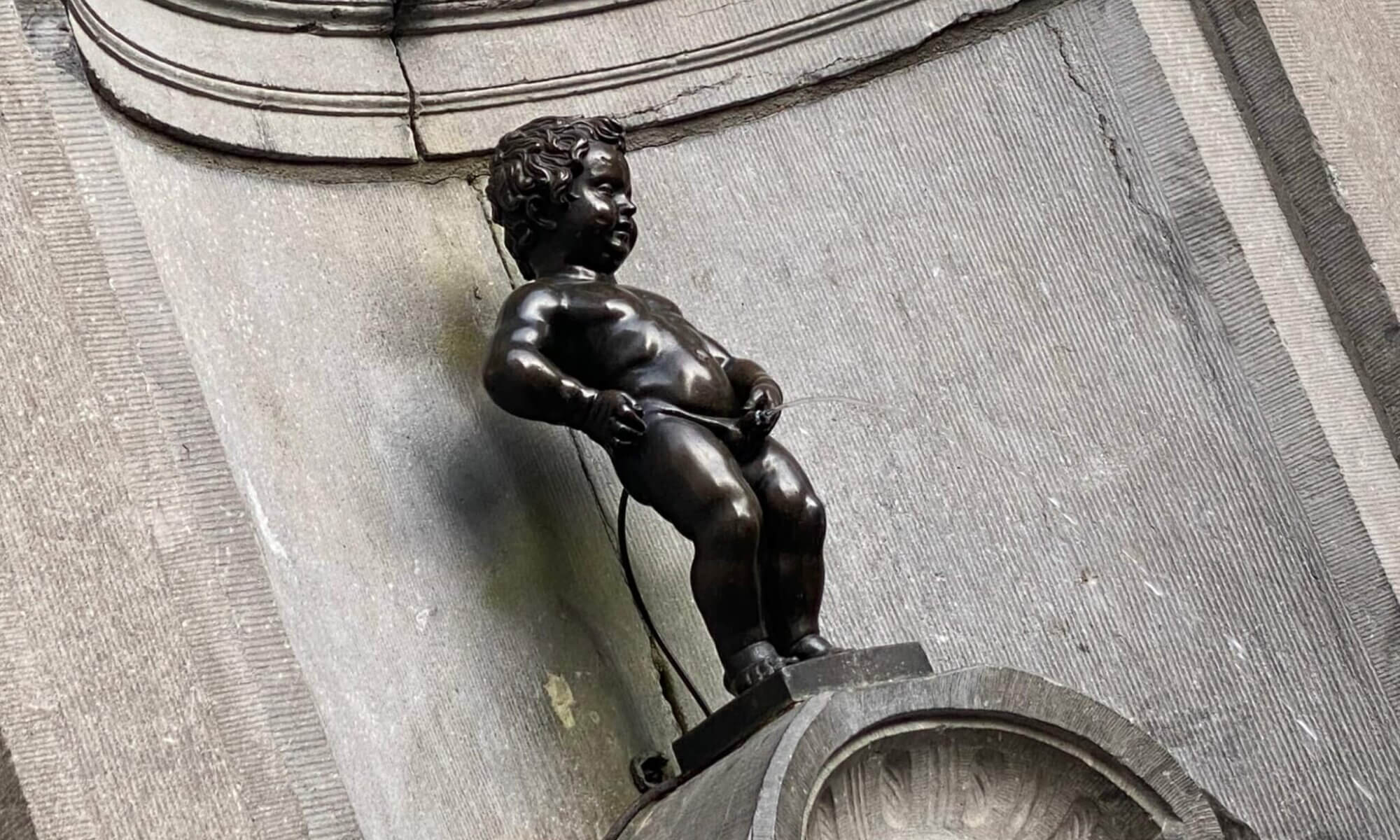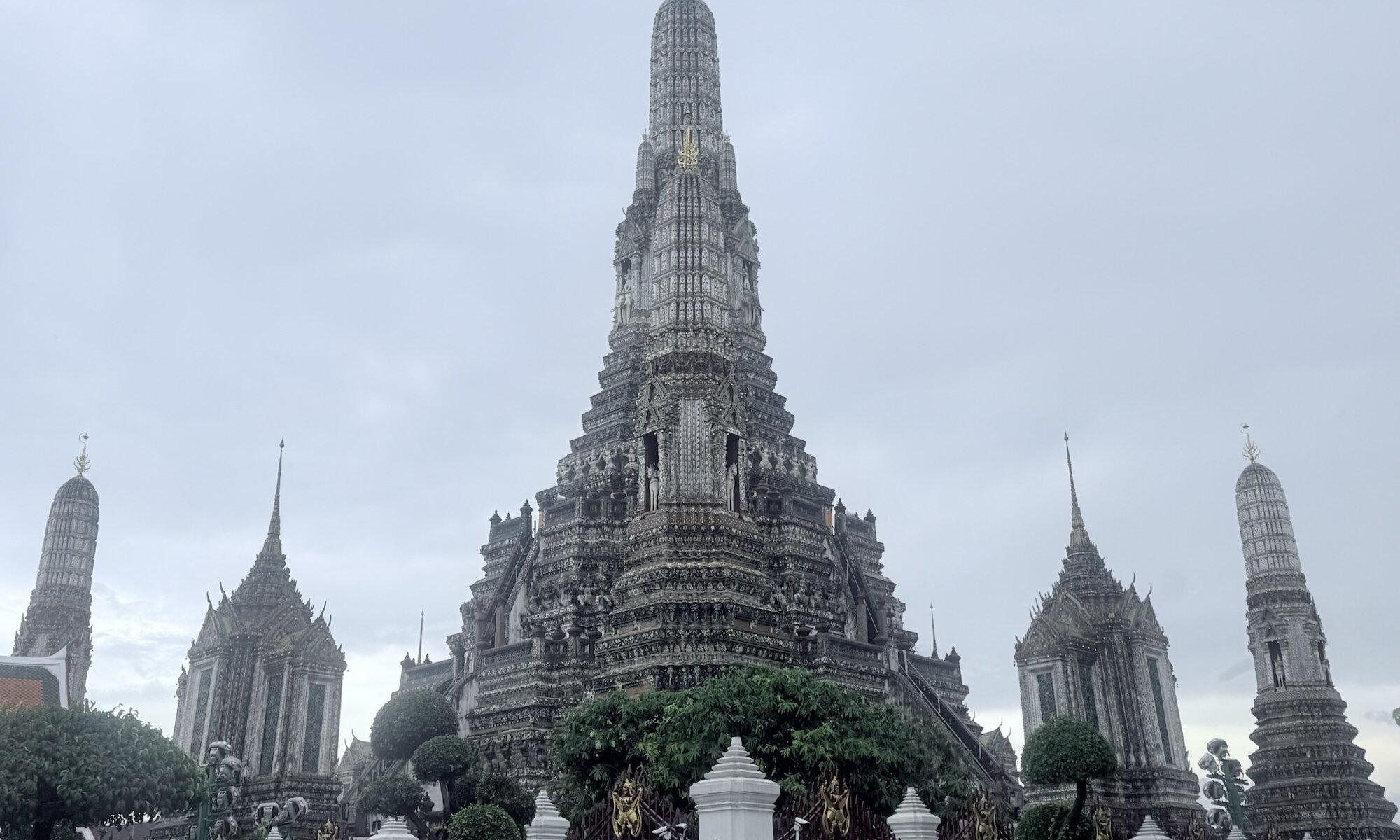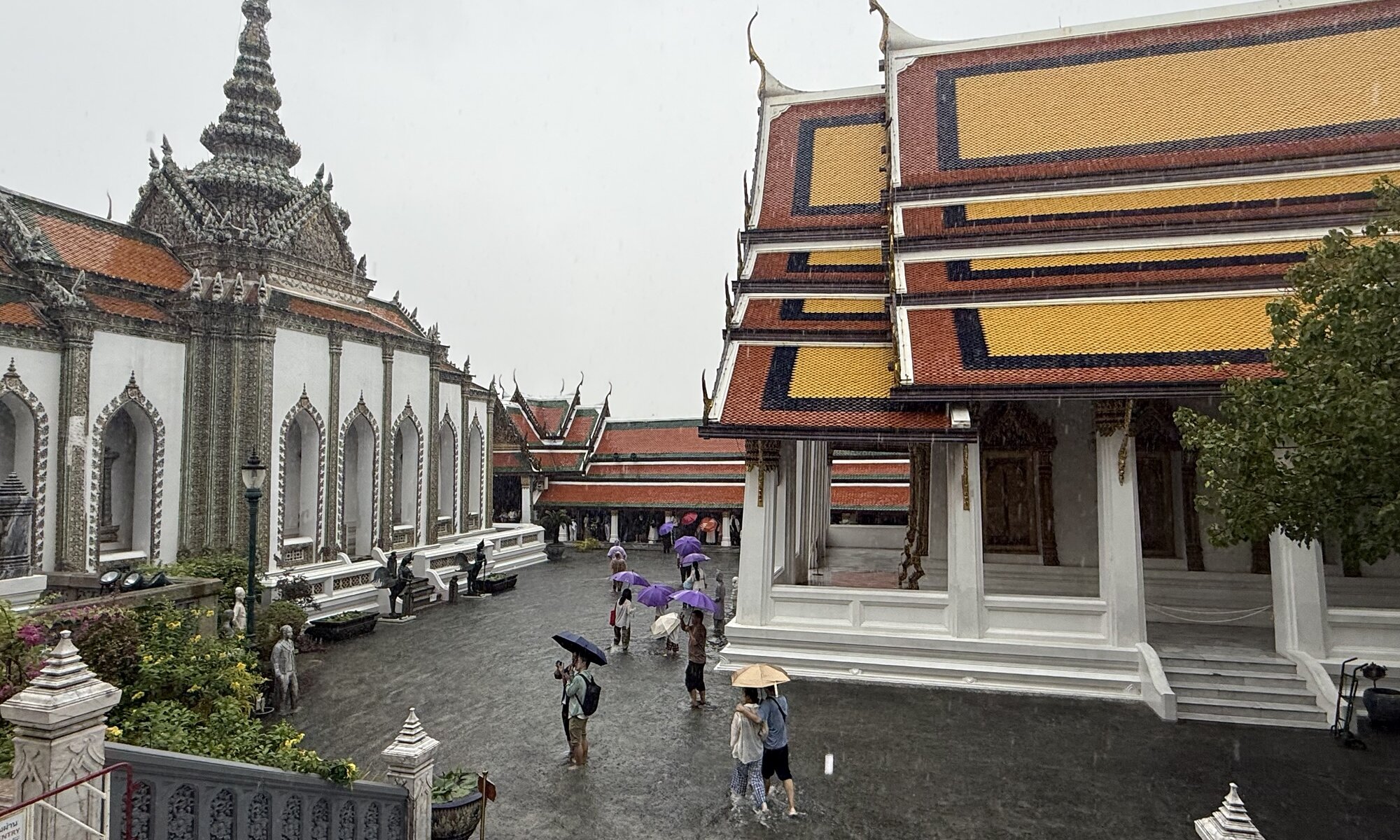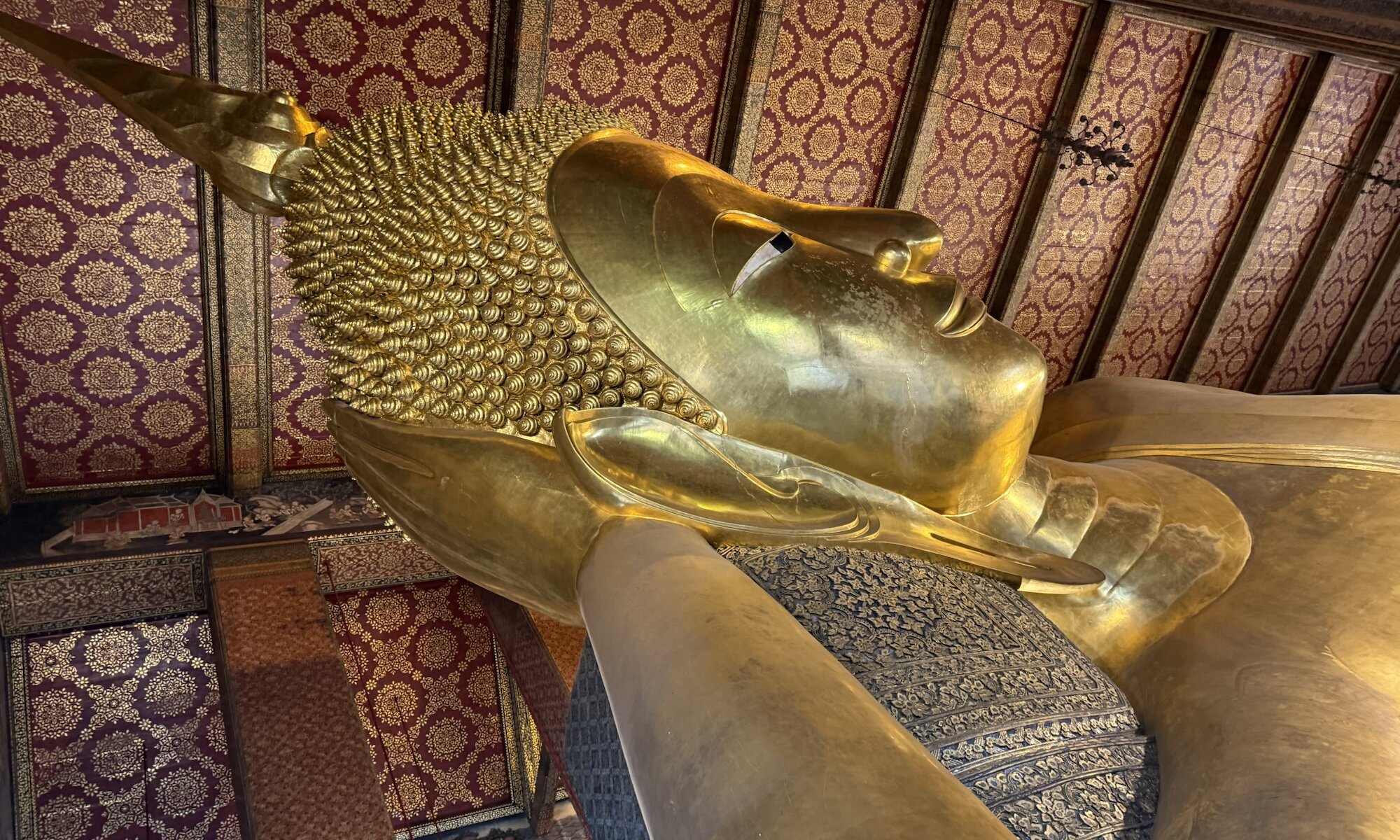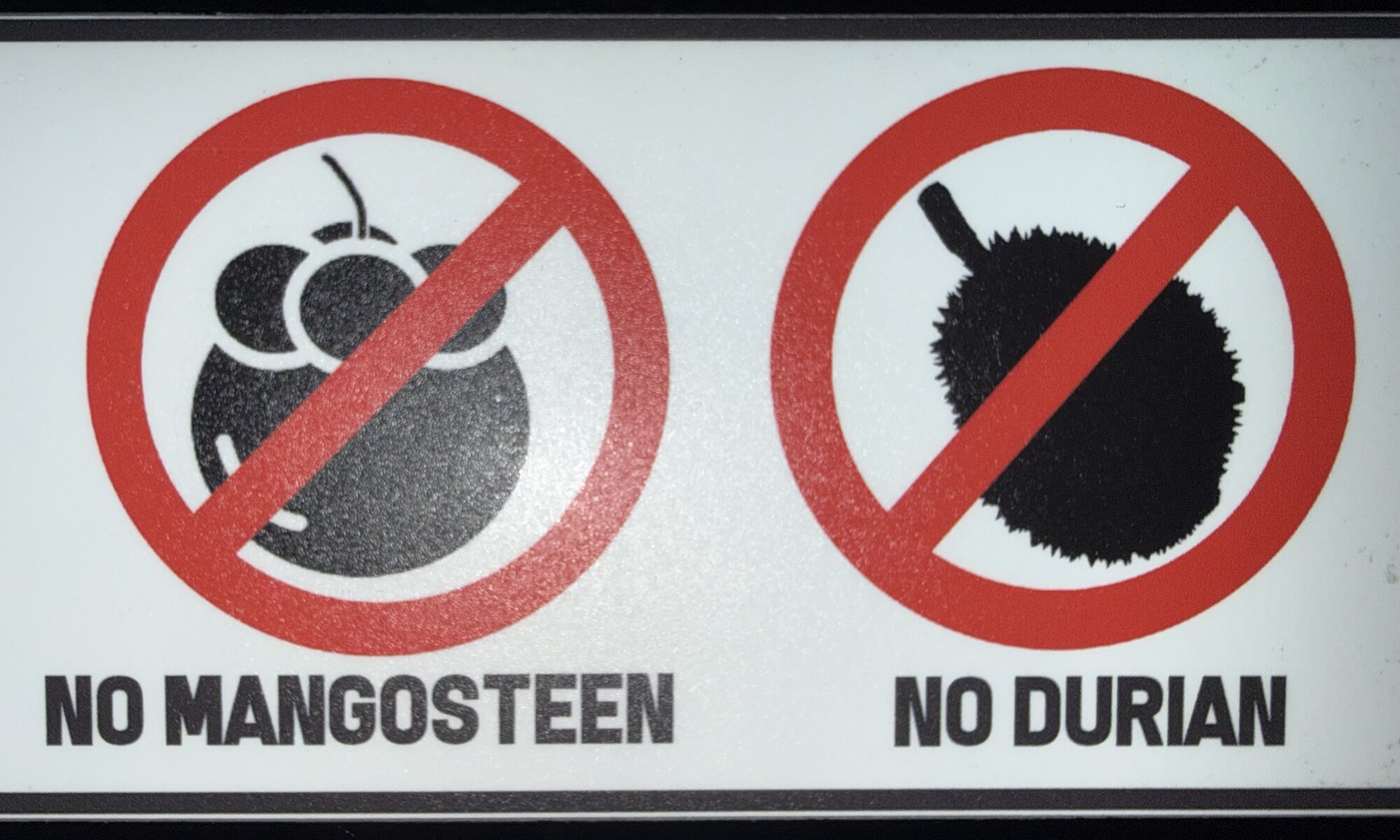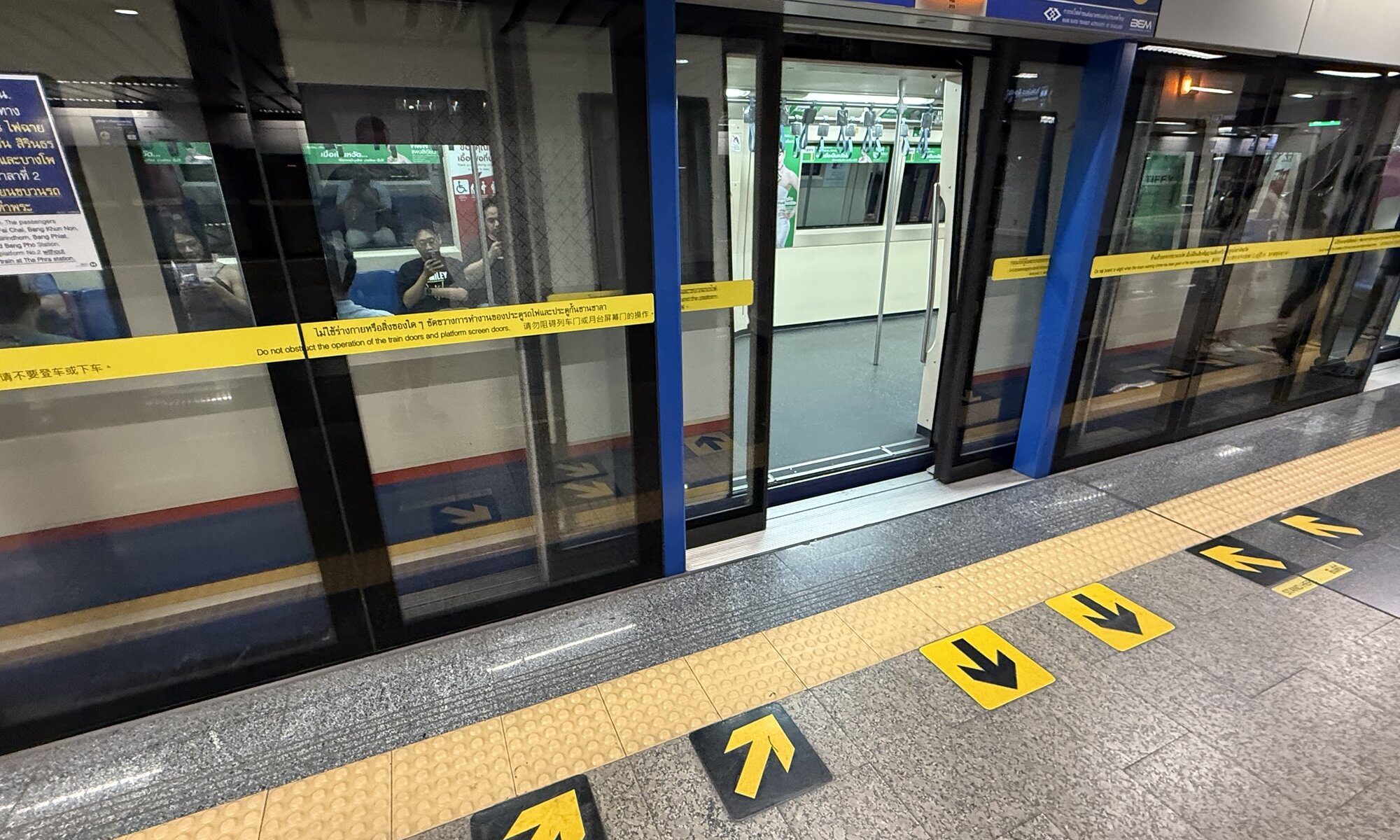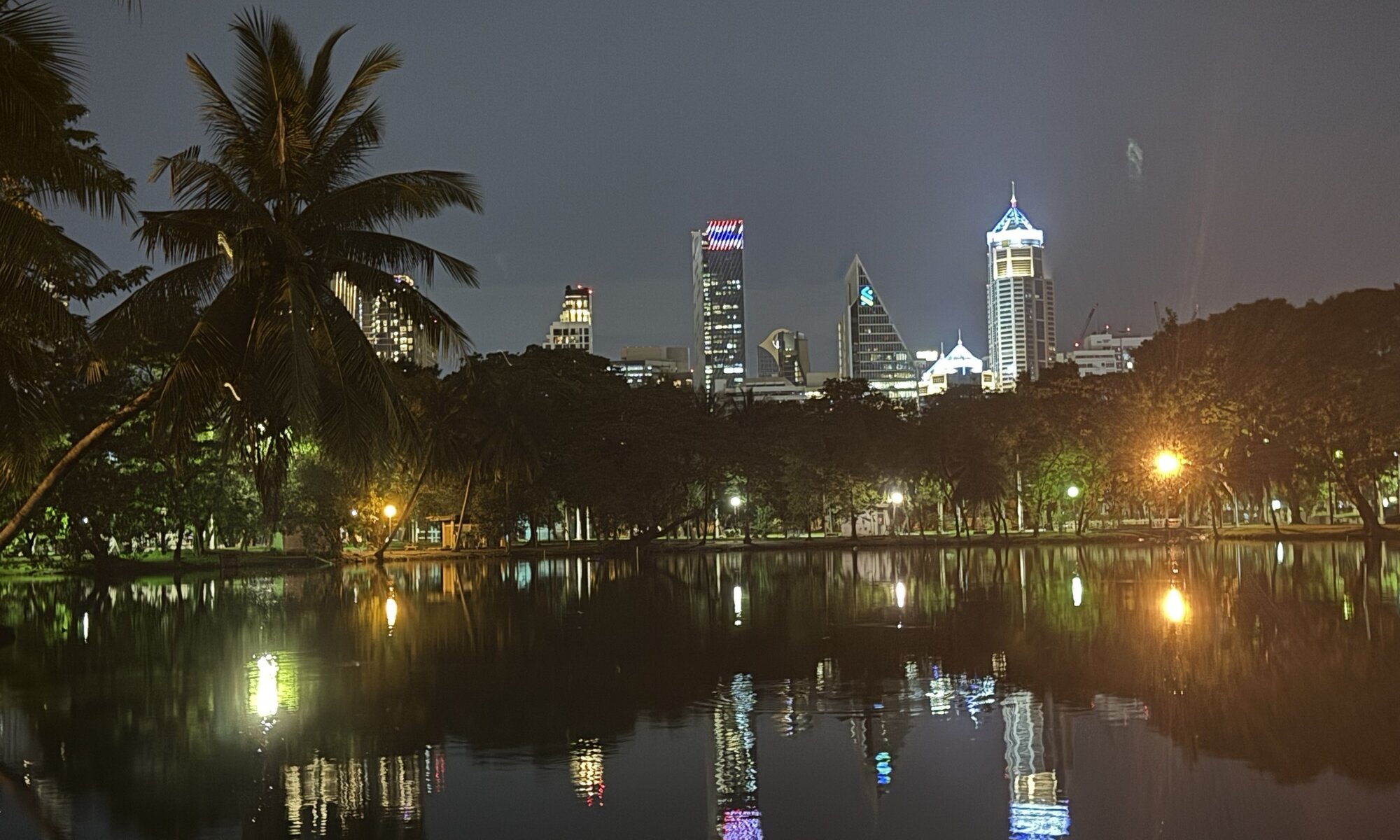Wat Arun, also known as the Temple of Dawn, is one of กรุงเทพฯ’s most striking and iconic landmarks, beautifully situated on the west bank of the Chao Phraya River. Its distinctive spires, or prangs, richly adorned with colourful porcelain and seashells, rise majestically against the cityscape, making it a favourite among both locals and travellers. The temple’s name celebrates the Hindu god Aruna, who is considered the personification of the rising sun, reflecting the temple’s role as a symbol of the dawn and new beginnings in Thai culture.
Continue reading “Wat Arun”Water people
The water people of กรุงเทพฯ, often known as the ‘klong dwellers‘, have a distinctive lifestyle shaped by generations living along the city’s sprawling network of canals and rivers. Historically, many communities settled on the banks and floating homes connected by wooden platforms, relying on boats for daily travel, commerce, and socialising. Their way of life reflects a balance between adaptation and tradition, maintaining age-old practices while coexisting with the city’s rapid urban growth. These waterborne neighbourhoods reveal a fascinating blend of culture, resilience, and intimacy with the waterways that once earned กรุงเทพฯ its nickname, the ‘Venice of the East‘.
Continue reading “Water people”Emerald Buddha
The Royal Palace of กรุงเทพฯ, officially known as the Grand Palace, stands as one of Thailand’s most iconic and historically rich landmarks. Constructed in 1782 during the reign of King Rama I, it served as the official residence of the Kings of Siam (and later Thailand) for over 150 years. The palace complex sits majestically on the banks of the Chao Phraya River, representing the splendour and cultural grandeur of the Thai monarchy. While it no longer houses the monarch permanently, the Grand Palace retains its deep ceremonial significance and remains a symbol of the nation’s heritage and sovereignty.
Continue reading “Emerald Buddha”Reclining Buddha
Wat Pho, also known as the Temple of the Reclining Buddha, is one of กรุงเทพฯ’s oldest and most revered temples, steeped in rich history and cultural significance. Founded in the 16th century during the พระนครศรีอยุธยา period, it was extensively restored and expanded in the late 18th century by King Rama I, who established it as a quintessential example of Thai religious architecture and a centre for education in traditional medicine and Thai massage. The temple complex is a sprawling site, offering visitors a glimpse into Thailand’s spiritual and artistic heritage, adorned with intricate murals, stupas, and thousands of Buddha images.
Continue reading “Reclining Buddha”Banned
Mangosteen and Durian are two iconic tropical fruits widely enjoyed in Thailand, yet they are often prohibited in many hotels and on public transport across the country. This restriction primarily stems from their strong fragrances, which, although beloved by many locals and visitors, are considered overpowering or unpleasant by others. Hotels and public service operators impose these bans to maintain a neutral, fresh environment for all guests and passengers, as the intense scents can linger for long periods and cause discomfort.
Continue reading “Banned”Rotfai taidin
กรุงเทพฯ’s MRT system is a vital part of the city’s urban transport landscape, offering an efficient alternative to the city’s notorious road traffic. The network was inaugurated in 2004, marking a significant step towards modernising public transportation in Thailand’s bustling capital. With its clean, air-conditioned trains and stations, the MRT provides a welcome relief from the heat and congestion above ground, connecting key districts and supporting the daily commute of thousands of residents and tourists alike.
Continue reading “Rotfai taidin”Lumphini park
Lumphini Park in กรุงเทพฯ is a sprawling urban oasis and the city’s first public park, offering a verdant retreat in the midst of กรุงเทพฯ’s bustling central business district. The park’s history is deeply tied to King Rama VI, who in 1925 donated the land, originally his royal property, for the public good. The park was named after Lumbini, the birthplace of the Buddha in Nepal, symbolising prosperity and peace. Initially planned as a fairground to promote Thai industry, the vision transformed into a space devoted to recreation and community, a modernising gesture that has since endured almost a century.
Continue reading “Lumphini park”Suvarnabhumi
Suvarnabhumi International Airport, located to the east of กรุงเทพฯ, is one of the busiest and most important air hubs in Southeast Asia. Designed to handle vast numbers of passengers and flights each day, it is a strikingly modern gateway into Thailand, with its wide concourses, soaring glass façades, and impressive steel structures reflecting the country’s ambition to position itself as a regional transport leader. From the moment one arrives, the sheer sense of scale, efficiency, and constant movement is immediately evident, giving travellers a glimpse of how central this airport is to global connectivity.
Continue reading “Suvarnabhumi”